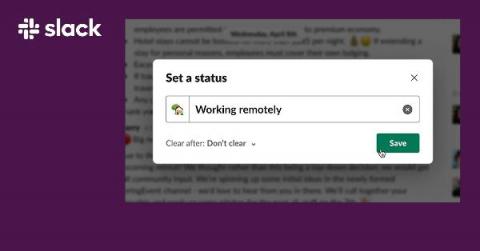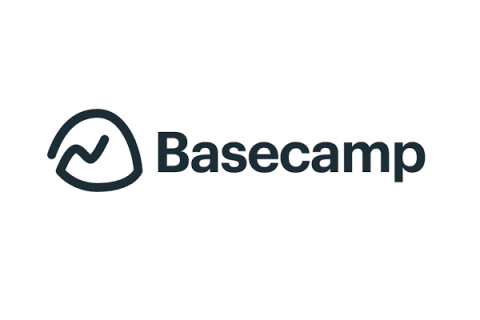Itero: Scoro's Long-Time Implementation Partner in Latvia
Itero – a digital intelligence agency based in Riga, Latvia – is named after the latin word for organizing and standardizing processes. In that spirit, they offer business software implementation, graphic design, web development, and online marketing services that help their customers increase traffic, improve sales, and boost customer engagement.











